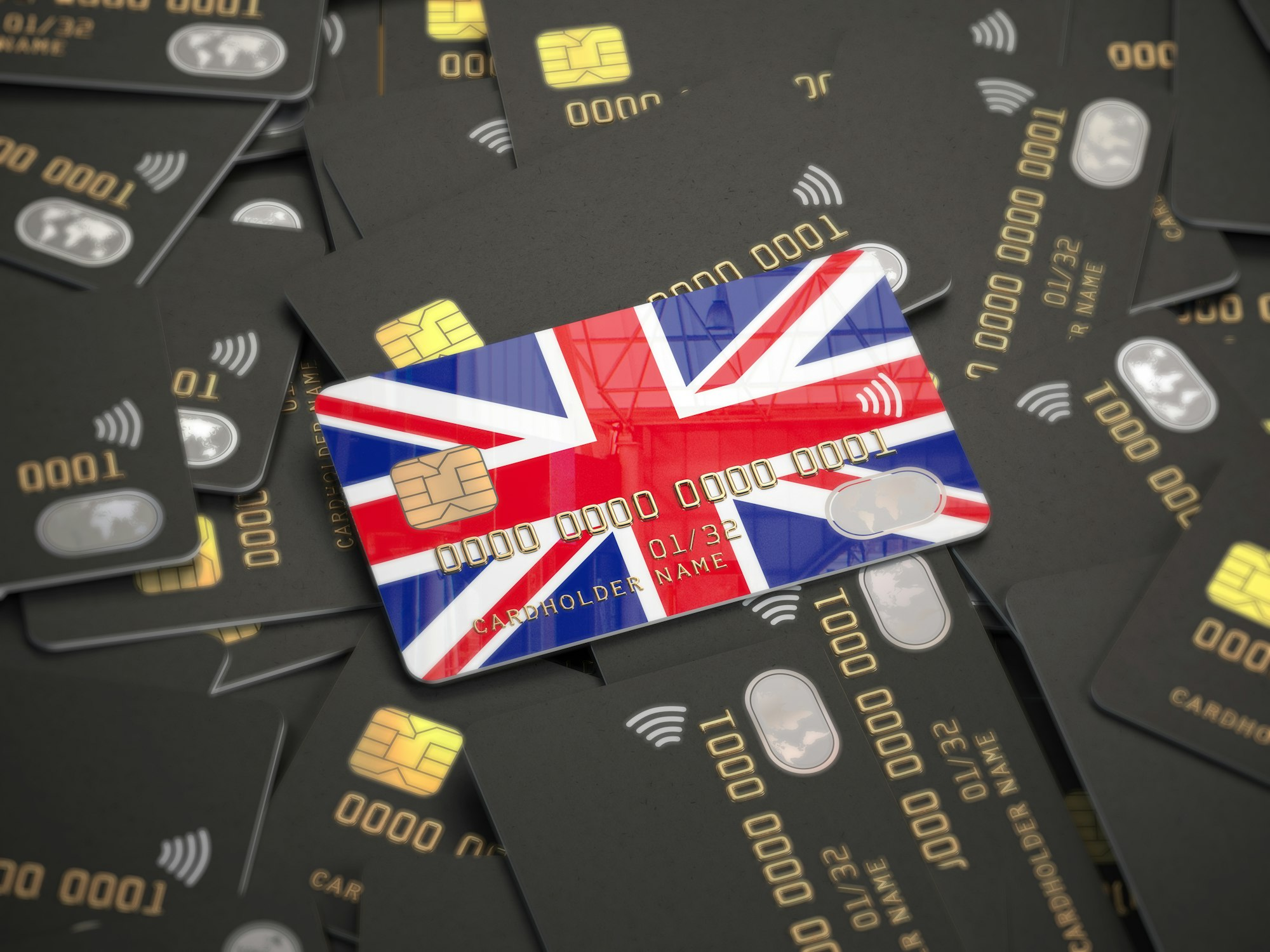
In today’s digital age, the English banking system offers a wide array of payment methods that cater to the diverse needs and preferences of consumers and businesses. From traditional methods such as cash and checks to modern electronic payment solutions like bank transfers and contactless payments, navigating the payment landscape can be both convenient and complex. In this comprehensive guide, we will explore the various payment methods available in the English banking system, provide examples of how they are used, and examine recent updates on payment regulations to ensure safety, security, and efficiency in financial transactions.
Understanding the English Payment System
The English payment system encompasses a range of methods for transferring funds between individuals, businesses, and financial institutions. These payment methods can be categorized into several broad categories:
– Cash: Cash remains a widely used payment method for in-person transactions, offering immediacy, anonymity, and universal acceptance. Cash transactions involve physical currency notes and coins issued by the Bank of England, which are legal tender for settling debts and making purchases.
– Checks: Checks are paper-based payment instruments that allow individuals and businesses to transfer funds from one bank account to another. To initiate a check payment, the payer writes a check specifying the payee’s name, the amount to be paid, and the date. The payee can then deposit the check into their bank account or cash it at a bank branch.
– Bank Transfers: Bank transfers enable individuals and businesses to electronically transfer funds between bank accounts held at different financial institutions. There are several types of bank transfers, including:
– BACS (Bankers’ Automated Clearing Services): BACS is a bulk payment system used for processing electronic payments, including direct debits, direct credits, and standing orders. BACS payments typically take three business days to clear.
– Faster Payments: Faster Payments is an electronic payment service that enables near-instantaneous transfers of funds between participating banks and building societies. Faster Payments are typically processed within a few hours, making them ideal for time-sensitive transactions.
– CHAPS (Clearing House Automated Payment System): CHAPS is a same-day electronic payment system used for high-value and time-critical payments, such as property purchases, business transactions, and large transfers of funds. CHAPS payments are settled in real-time and are subject to a fee.
– Debit and Credit Cards: Debit and credit cards are plastic payment cards issued by banks and financial institutions that enable cardholders to make purchases, withdraw cash, and access credit facilities. Debit cards are linked to the cardholder’s bank account and deduct funds directly from the account, while credit cards allow cardholders to borrow money up to a predetermined credit limit.
– Contactless Payments: Contactless payments utilize near field communication (NFC) technology to enable secure and convenient transactions without the need for physical contact between the payment card or device and the payment terminal. Contactless payments are commonly made using contactless debit or credit cards, mobile wallets, and wearable devices such as smartwatches.
Examples of Payment Methods in Action
Let’s explore how different payment methods are used in various scenarios:
– Cash: Sarah visits her local grocery store and pays for her groceries with cash at the checkout counter. Cash transactions are quick and convenient for small purchases and provide Sarah with immediate access to the goods she needs.
– Checks: John receives a monthly rent payment from his tenant, Mary, who writes him a check for the rental amount. John deposits the check into his bank account using a mobile banking app, and the funds are credited to his account within a few business days.
– Bank Transfers: Emily needs to pay her utility bill, so she initiates a bank transfer from her checking account to the utility company’s account using online banking. The payment is processed as a Faster Payment, and the utility company receives the funds on the same day.
– Debit and Credit Cards: Mark purchases a new laptop from an online retailer and pays for it using his debit card. The retailer processes the payment securely over the internet, and the funds are debited from Mark’s bank account immediately.
– Contactless Payments: Lisa takes a taxi to the airport and pays for the fare using her contactless credit card. She simply taps her card on the payment terminal in the taxi, and the fare is automatically charged to her credit card account without the need for a PIN or signature.
Updates on Payment Regulations

Recent updates on payment regulations in the UK aim to enhance consumer protection, promote innovation, and strengthen the security of electronic payments. Some key regulatory developments include:
– Open Banking: Open Banking regulations require banks and financial institutions to provide secure access to customer account data and payment initiation services to authorized third-party providers (TPPs). Open Banking promotes competition and innovation in the financial services industry by enabling consumers to access a wider range of products and services from different providers.
– Payment Services Directive 2 (PSD2): PSD2 is a European Union directive that regulates payment services and electronic payment transactions within the European Economic Area (EEA). PSD2 aims to enhance security, transparency, and competition in the payment services market by introducing strong customer authentication (SCA) requirements, mandating access to account (XS2A) for TPPs, and establishing a framework for payment initiation and account information services.
– Strong Customer Authentication (SCA): SCA is a regulatory requirement under PSD2 that mandates additional authentication measures for certain electronic payment transactions, including online card payments and remote banking transactions. SCA aims to reduce the risk of fraud and unauthorized access to payment accounts by requiring customers to provide two or more authentication factors, such as passwords, biometrics, or one-time passcodes.
– Regulatory Sandbox: The Financial Conduct Authority (FCA) operates a regulatory sandbox program that allows fintech firms and innovative startups to test new products, services, and business models in a controlled environment. The sandbox provides participants with regulatory support, guidance, and exemptions to facilitate experimentation and promote responsible innovation in the financial services industry.
Conclusion
In conclusion, the English banking system offers a diverse range of payment methods that cater to the needs and preferences of consumers and businesses. From traditional methods such as cash and checks to modern electronic solutions like bank transfers and contactless payments, individuals and businesses have access to a variety of options for conducting financial transactions. Recent updates on payment regulations, such as Open Banking, PSD2, and SCA, aim to enhance security, transparency, and innovation in the payment services market while ensuring consumer protection and privacy. By understanding the different payment methods available and staying informed about regulatory developments, individuals and businesses can navigate the payment landscape effectively and securely in today’s digital economy.


